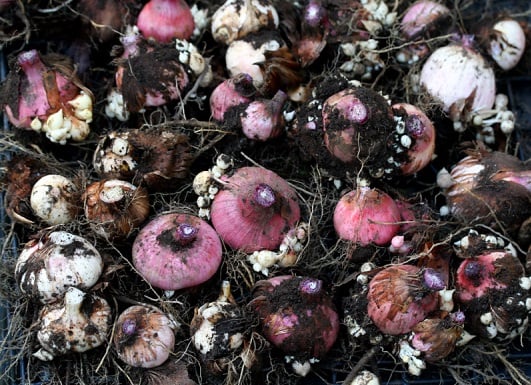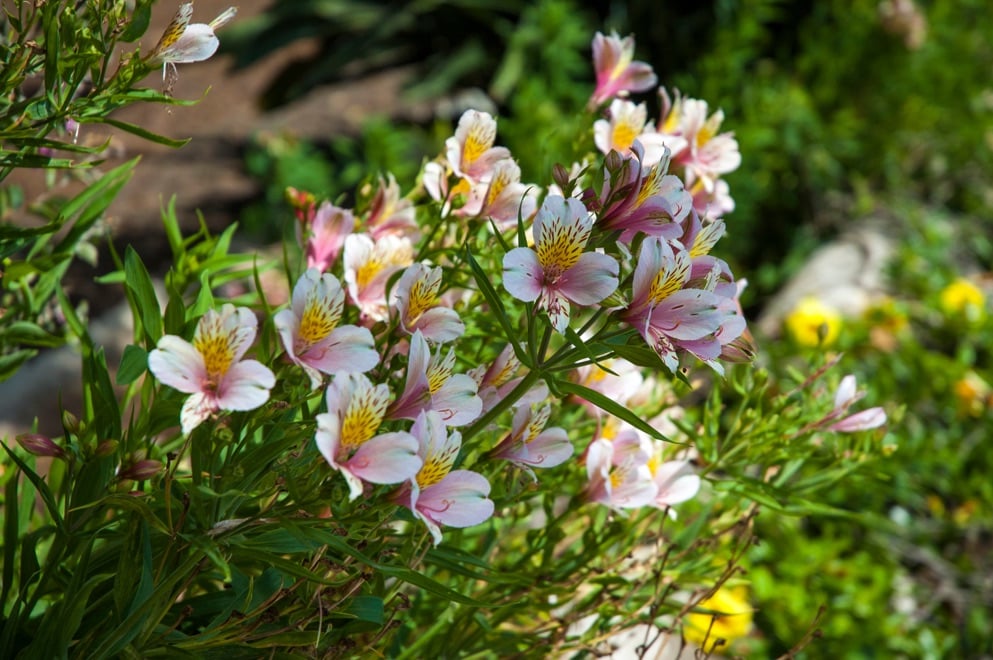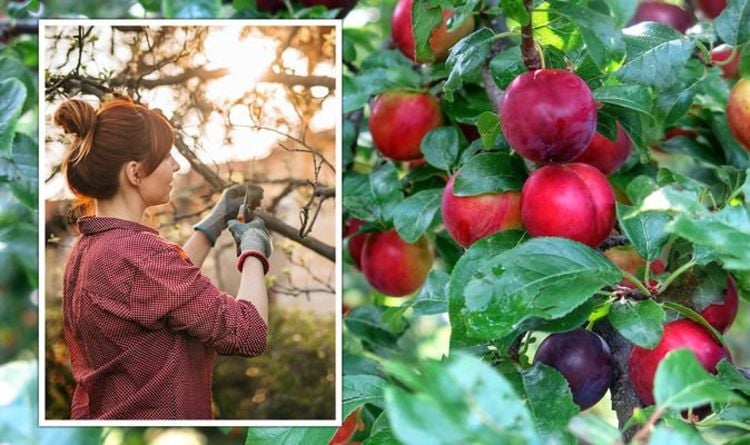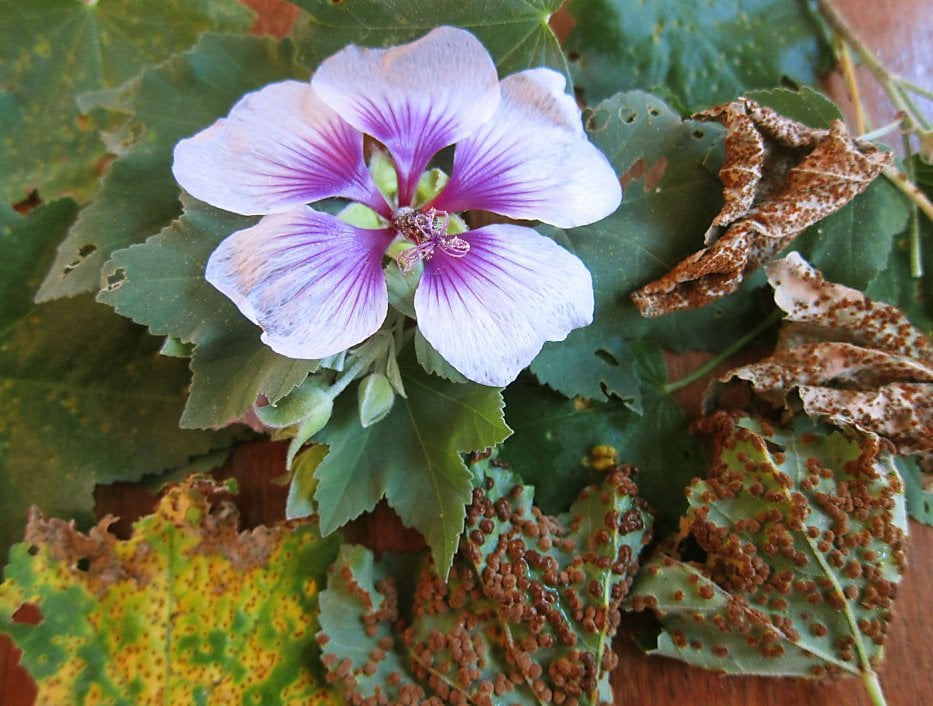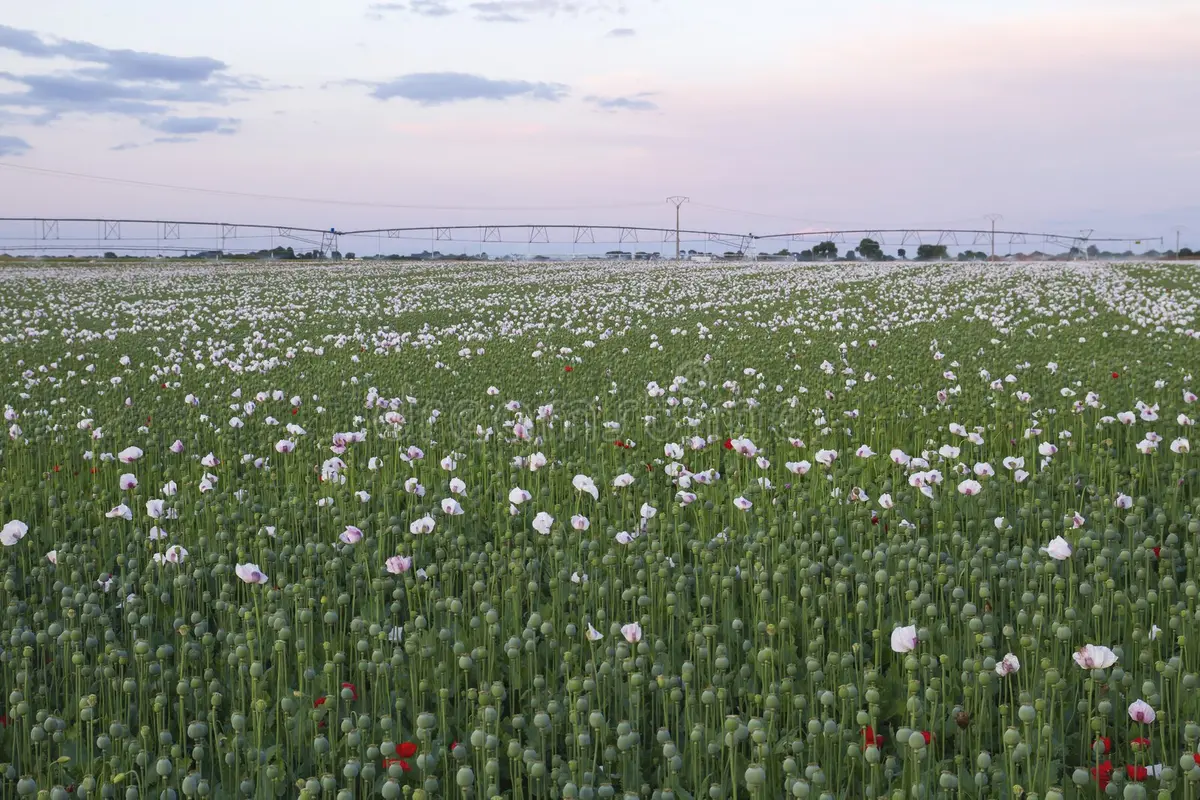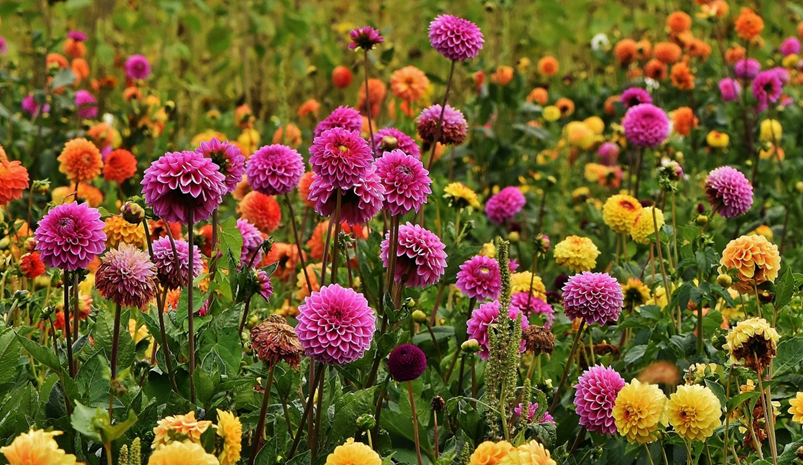6 Common Problems While Growing Photinia Red Robin
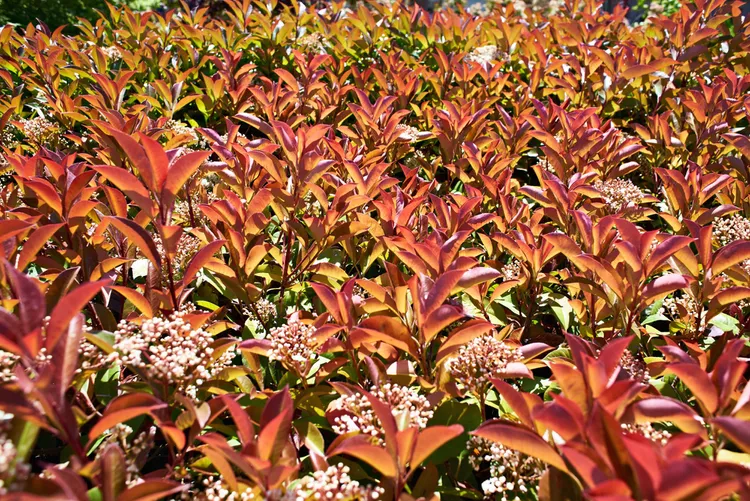
Table of Contents
Photinia is a fascinating family of evergreen trees and shrubs which gives gardens a splash of bright splendour. The Photinias are beauty, resilience, and versatility intertwined to create stunning garden masterpieces. With 60 species in Asia, these gorgeous plants have taken over the Australian and British gardening landscape.
The red foliage that emerges during the spring and summer is one of the reasons for Photinia’s fame. These plants are low maintenance, tough, and capable to withstand a variety of growth environments. It can create impeccable hedges and are versatile that can give any yard a touch of beauty.
Like each plant, photinia has its own problems. It can be vulnerable to a variety of issues if it is not grown in the appropriate circumstances or cared for properly.
In this article, we’ll discuss the most frequent issues that Red Robin photinia shrubs may have, along with solutions for both prevention and treatment.
Red Robin Photinia – A Feast for The Senses
The Red Tipped Photinia is a beautiful decorative shrub with exceptional red and green leaves. Also known as Fraser photinia or red top photinia, this shrub boasts leaves that begin as a captivating red shade and gradually transform into a deep, lush green over several weeks. Gardeners enjoy this cultivar, which grows to a height of roughly 2 metres.
As a member of the Rosaceae rose family, Red Robin Photinia is widely used for hedging. This shrub is robust and vigorous that can thrive in a variety of soil types as long as the soil is well-draining. It thrives in Zones 7-9 and has exceptional versatility. It demands adequate air circulation, low humidity, and one inch of water applied at the base of the plant each week, and it does best in full sunlight, though it can survive complete shade.
The Red Robin Photinia have clusters of lovely white blooms in the middle of spring. However, despite their beauty, they smell bad. As summer approaches, the shrub begins to cover itself with deadly red fruits. Although the Red Tipped Photinia’s berries are poisonous to people, they are beautiful to look at and are cherished by birds.
Threat and Care
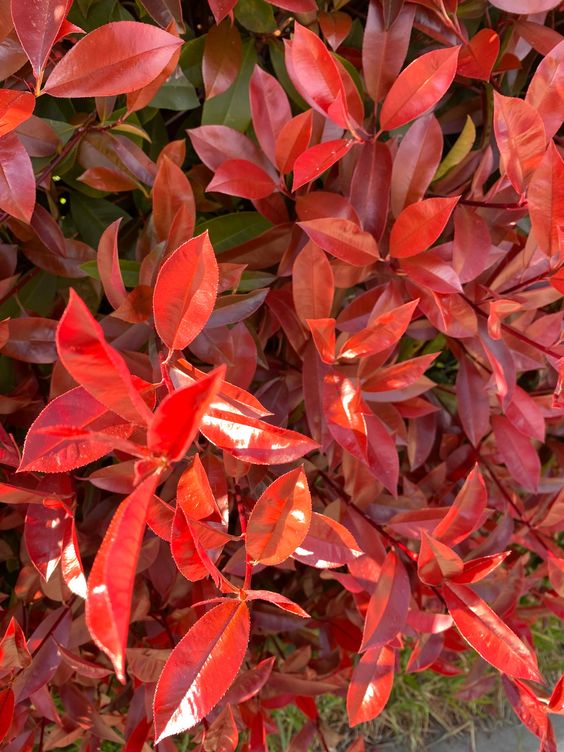
Just as the most attractive face can be tarnished by acne, the most beautiful Photinia shrub can be defaced by an unpleasant amount of Leaf Spots. Fungal infections, which may be extremely common among these shrubs, are one of the main causes of worry. For this reason, some gardeners are cautious about using them to create formal hedges. On the plus side, most animals avoid them, presumably due to their unpleasant-smelling blossoms.
A certain pattern or cycle controls the red-tipped photinia disease. For the disease to be properly treated and eliminated, it is essential to understand this cycle. Some of the most typical issues with photinia bushes that you can encounter are listed below to assist you. We’ll provide guidance on how to prevent and resolve each issue, enabling you to keep your plants healthy and attractive.
1. Leaf Spot
Red Tip Photinia is particularly prone to fungus-related diseases in moist, humid environments. Leaf spots in Photinina are caused by the fungus Entomosporium mespili. The fungus mostly establishes itself by using the fresh leaves on the new growth to cover the old. It is characterised by tiny red spots on the leaves that are often surrounded by a yellow ring that gradually grows and expands to a maroon-purple colour. The plant eventually becomes drained, continuing to shed.
The condition progresses as the damaged rings expand and converge, covering the leaves with unattractive “sores.” Black spots inside the circular damage indicate spore formation. Little can be done at this point to stop the disease’s development.
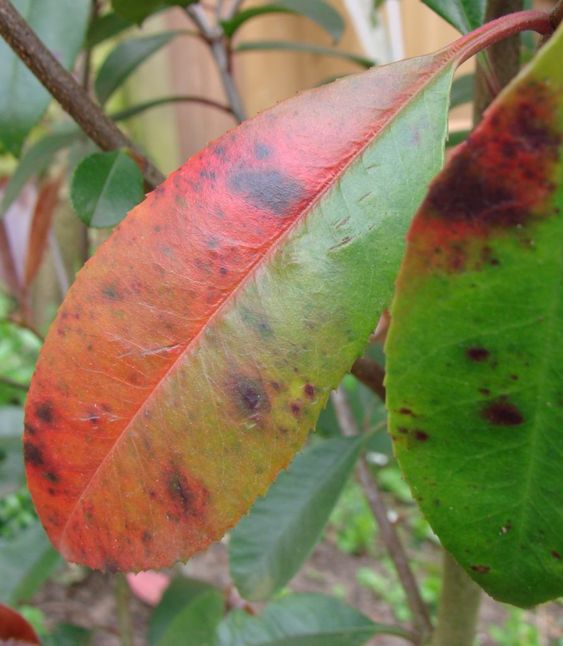
Even if it doesn’t instantly destroy the plant, it comes back every year, constantly causing the loss of leaves and gradually weakening the plant. Although leaf spot rarely results in death, it undoubtedly affects the look of the plant.
Caring Tips:
It’s sad to see that Leaf Spot may leave an ugly mark on even the most beautiful leaves that you wouldn’t want to see on your beautiful Photinia shrub. Here are some treatment options for leaf spots in Photinia. By following these, you can effectively address leaf spots in your Photinia plants and help them regain their health and beauty.
- Modify your photinia’s growth environment by refraining from planting in deep shade locations and ensuring proper ventilation and air circulation.
- Always water at ground level without splashing leaves during dry periods.
- Regularly apply appropriately-diluted foliar sprays.
- Consider using fungicides like Bordeaux mixture or thiophanate-methyl/myclobutanil multiple times for severe cases from early spring to the rainy season.
- Remove infected leaves and dispose of them. Also, keep leaves dry for plant recovery.
- Prune Photinia into a tree shape and try to avoid summer pruning,
- Maintain a clean plant bed with mulch.
2. Root Rot or Crown Rot
Root rot is a severe hazard to plants like Photinia caused by wet or poorly drained soil. It causes dead stems, dying leaves, early leaf drops, and discoloured bark. Photinia can develop root rot due to a variety of fungi, including Rhizoctonia, Pythium, and Phytophthora, especially in soil that is either poorly drained or too fertilised.
Once root rot has begun, it is difficult to stop. In poorly drained soil, red tip photinia is extremely susceptible to root fungus diseases, which weakens the plants and raises the danger of leaf spot fungus. Only organic products that increase healthy biological activity may successfully treat symptoms that first appear on the foliage.
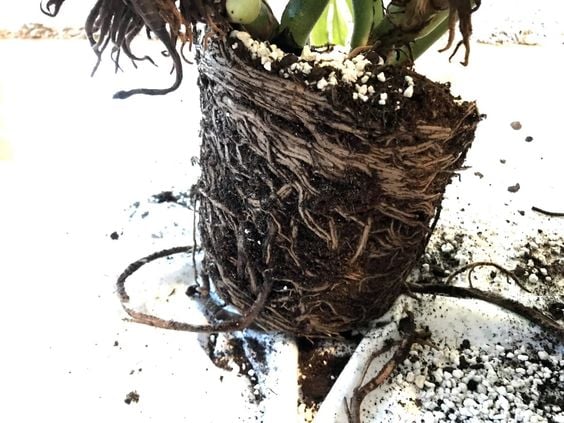
Caring Tips:
Red tip photinias are particularly susceptible to root rot due to their weak roots resulting from breeding. It is advisable to avoid planting more red-tip photinias and opt for more resistant plant species instead.
- For container-bound photinia treatment, carefully remove the plant from the container. Trim the affected roots, removing any rotted portions and re-pot the Photinia.
- Apply a potassium bicarbonate spray on the photinia foliage (1 rounded tablespoon per gallon of water). Alternatively, you can use a 1% hydrogen peroxide solution or cornmeal juice as sprays.
- Consider applying the “Sick Tree Treatment” method, which involves aerating the root zone and applying soil amendments.
- To treat large open-ground hedges with root rot, stop watering the affected hedge. In more severe cases, temporarily remove soil around the stem to aid in the drying process.
- Fungicides can be used preventatively against root rot.
- Ensure good drainage in the planting area to prevent waterlogged soil.
3. Fireblight
The feared disease fireblight, which is brought on by the bacterial pathogen Erwinia amylovora, is destructive to photinia. The branches and new leaves turn brown and dry, reminding of a blight brought on by scorching sun or a disastrous fire. In addition to ugly blisters, the disease increases the shrub’s discomfort. Gardeners are forced to deal with fireblight’s destructiveness because there isn’t an easy cure for it.
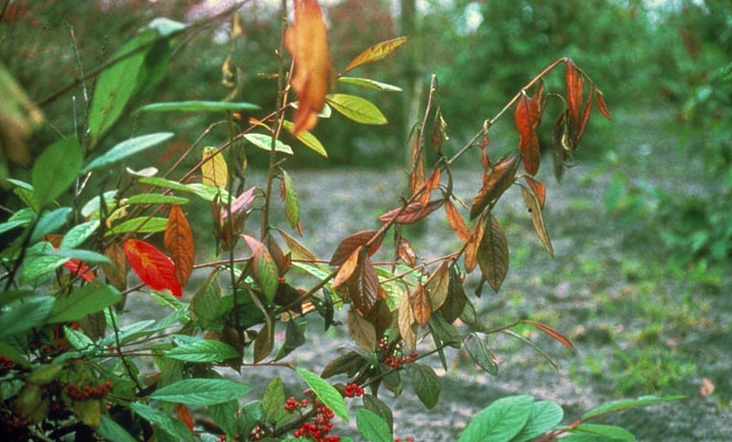
The appearance of fireblight frequently comes to notice during the summer season when conditions are favourable for Photinia’s growth. The bacterial infection develops in damp and chilly conditions, worsening the harm that has already been done. The disease often enters the plant through open blossoms, where it spreads fast to the woods and slowly spreads to the other parts.
Caring Tips:
While fireblight continues to be a difficult problem for amateur gardeners, keeping a watchful eye and taking preventive action can help to significantly reduce its effects and protect the health of photinia bushes in our gardens.
- Gardeners claim that copper fungicides are effective in battling fireblight. To slow the disease’s spread throughout the spring, spray flowers with a copper solution.
- Avoid using nitrogen-rich fertilisers that encourage moist growth, susceptible to infection.
- Immediately prune or trim the shrub’s afflicted areas. Infected branches should be pruned to a lower level to stop the illness from spreading.
- Follow proper irrigation practises and avoid overwatering since too much moisture encourages the spread of microorganisms.
- Encourage healthy air circulation around the shrubs by keeping the appropriate distance between plants and avoiding crowding them.
4. Powdery Mildew
Powdery mildew is a fungus that can ruin the beauty of photinia. This disease favours high humidity and moisture and appears as a greyish-white powdery covering on the leaves and stems. They can swiftly grow to cover the plant portions with severe rot. They produce more severe illnesses in warm and dry conditions.
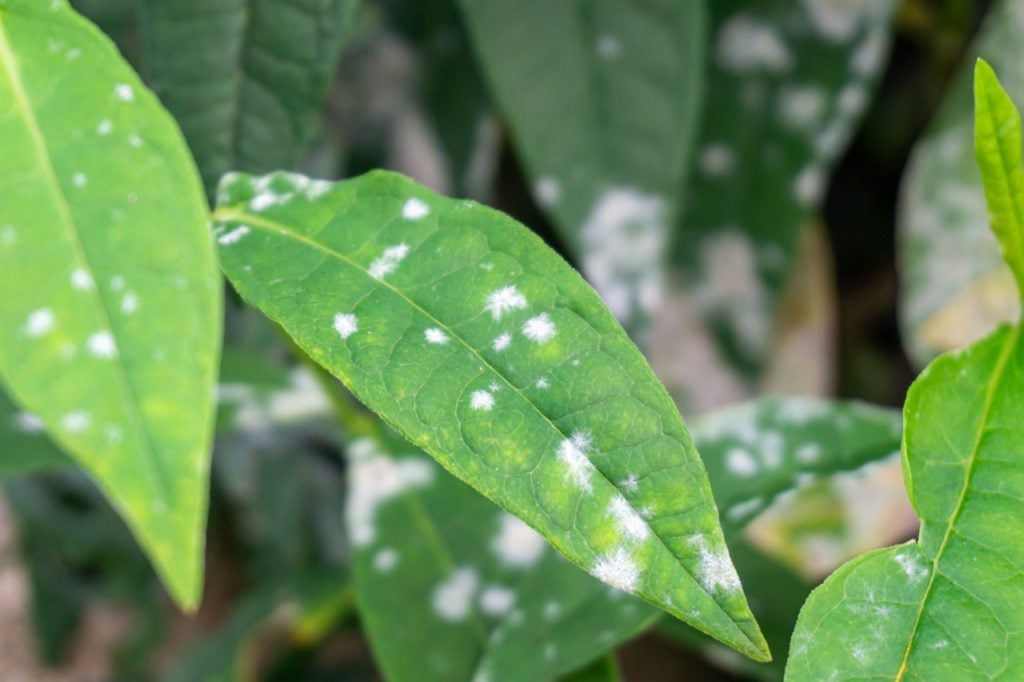
Due to their close bond with plants, the fungi require host plants to remain alive. This is supposed to be the reason they do not kill their plant host. To survive, they require the plant’s nutrients. Additionally, Healthy shrubs may frequently recover on their own with changes to the environment and the right treatment to increase ventilation.
Caring Tips:
Although, Powdery mildew infections in photinia shrubs are often mild, especially when the plants are otherwise in good condition. Preventative steps are essential if you want to protect your photinia plants from powdery mildew.
- Use Baking Soda as a fungicide for the shrubs in accordance with the directions on the product label. Baking soda (sodium bicarbonate) and Potassium Bicarbonate have been put to the test to see how effective it is as a fungicide.
- Increase the amount of sunlight that photinia plants receive since powdery mildew loves the shadow.
- Avoid using nitrogen-rich fertilisers that encourage moist growth, susceptible to infection.
- Prune and discard the damaged foliage.
- Water them in the morning or early afternoon and allow proper air circulation.
5. Frost Damage
Photinia bushes may experience some inconvenience from frost damage, although it rarely causes major damage. The emerging branches and leaves may be prone to frost damage during a cold wave or when exposed to chilly breezes, although developed ones are often unaffected. The early symptoms of frost damage may include water-soaked and dark-green leaves that finally become black and slowly results in the loss of flowers. Extended periods of frost can lead to spotting on the leaves of photinia and other shrubs.
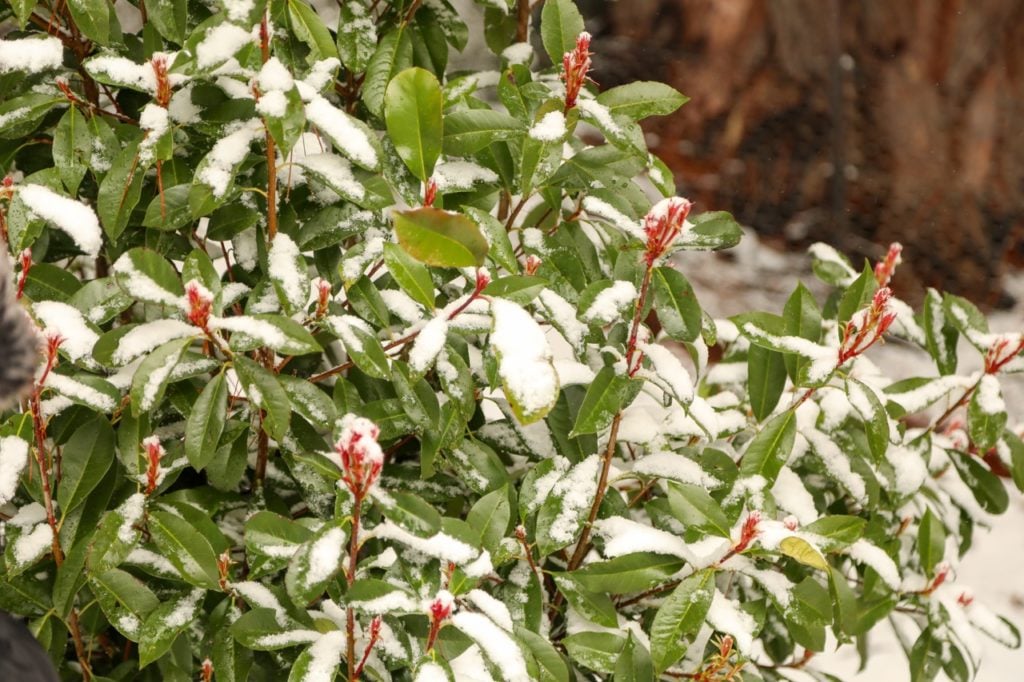
Caring Tips:
While frost damage may cause some aesthetic and flower production losses, photinia shrubs are typically resistant. The shrubs can recover with proper maintenance and favourable growth circumstance if you effectively treat and mitigate the effects of frost damage on your photinia shrubs.
- Adequate watering is advisable but provides enough moisture to the bushes while not overwatering.
- Consider using a balanced fertiliser to encourage healthy regrowth.
- Prune any damaged foliage and help the new growth to be healthy.
- Frost cloth or a layer of mulch at the base of the bushes can give insulation during cold weather.
6. Scab
Scab infections harm photinia bushes, causing gardeners to be worried. These diseases appear on the plant’s surface as circular lesions with a velvety or scab-like texture. The colour of these lesions can vary, and as the disease grows, it can cause stem mortality as well as discolouration and leaf loss. Infected shoots may wither and die, while leaves can become discoloured, develop spots, and eventually drop off the plant. This can weaken the shrub and make it more susceptible to other diseases and stress.
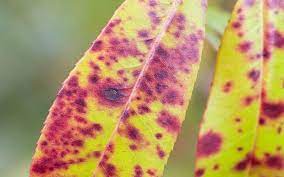
Caring Tips:
You can maintain the health and vitality of your photinia shrubs by applying these preventative measures and swiftly resolving scab disease, ensuring they grow and continue to enrich the beauty of the garden landscape.
- In the autumn, clean up fallen leaves and trash in the garden to avoid potential sources of diseases, as excellent garden hygiene reduces the transmission of diseases.
- Use a horticultural oil or a pre-mixed multi-purpose fungicide developed particularly to combat scab disease.
- Overhead watering should be avoided since it might enhance wetness on the leaves, producing ideal circumstances for scab disease. Water the plants at the base to keep the leaves dry.
- Encourage appropriate air circulation around the bushes by minimising overcrowding and ideal plant spacing.
Red Robin Photinia – Easy on the Eye
Red Robin Photinias are sturdy and incredible shrubs in the colourful world of gardening, but they are not indestructible. The first step in caring for these gorgeous plants is to understand the illnesses that might affect them. We can maintain these lovely bushes with proper care and management.
Let us enjoy the joy of gardening by lovingly tending to our Red Robin Photinias and seeing their beautiful red leaf grow and blossom in our cherished gardens, providing life, colour, and peace to our outdoor areas.

